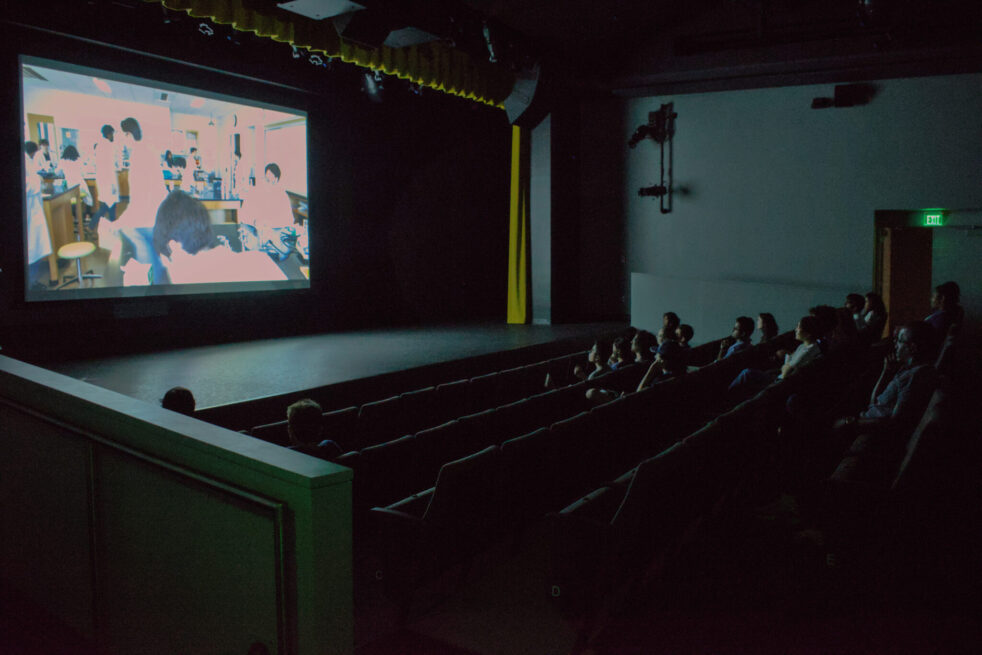It was lights, camera, action on Friday, Sept. 5, as Buzz Studios, the Institute’s filmmaking club, hosted its annual Film Showcase, where club members and people from the general public gathered for a screening of several films that Tech students made.
The Annual Film Showcase is Buzz Studios’ first event of the school year, preceding even the club’s first general meeting, and is one of three major events the organization hosts throughout the year. At the showcase, they showed a total of six films with a collective run-time of around an hour and 15 minutes.
The featured films are products of the club as a whole and came from past semesters. They were incredibly diverse, films ranged from four minutes to beyond 20 and covered genres from sci-fi and college drama to horror and comedy.
According to Shashwat Sahay, fourth-year MATH and Buzz Studios President, the club shoots one film every month, with a script being selected five weeks before the shoot date; this gives the directors time to coordinate props, actors and film sets.
After the filming day, directors/editors have another five weeks to complete their film before actors receive a rough draft. After completion, these films can be published and featured at events like the showcase. In addition to the beginning-of-the-year film festival, Buzz Studios hosts an end-of-school-year showing where the organization exhibits all completed films from that academic year.
Outside of the normal production process, Buzz Studios hosts a film extravaganza in November where teams compete to make a film in 48 hours, using randomly assigned plot devices and key features like “The Greenfather,” a parody of “The Godfather” shown during the film showcase.
The organization also hosts their own “March Madness” where the organization films four movies in two weekends — the showcase’s “Tachyon Deliverance” and “The Rules of Improv” are products of this. Sahay noted that films from these events tend to be shorter, by nature of the tight timeline enclosing their production.
Phillip Porter, second-year ME and director of one of the films screening at the showcase, also pointed out that directors typically have a budget of about $100 to complete their film, but some productions can cost significantly more or less.
For example, Porter’s “The Rules of Improv,” which envisions an improv class where the rules come to life, had no cost, as by the rules of improv, props and costumes are imagined. That’s in stark contrast to “Tachyon Deliverance,” a sci-fi adventure surrounding an intergalactic delivery service, for which props and costumes cost around $500 total.
Rather than a collection of independent filmmakers, Buzz Studios is a unified community that makes films together, so the director of one film might find themself the cinematographer or production crew for another. This is incredibly common at Buzz Studios, and there were many names recurring in the credits of all the movies shown.
“I am proud of the fact that I was credited as a boom operator on all those films shown that were shot while I was here,” Porter said, and Sahay agreed that this type of interdisciplinary, multi-project approach was at the cornerstone of their community.
Buzz Studios aims to be open for all, so no experience is needed to join and assist in a production. In fact, Sahay’s first exposure to filmmaking was through Buzz Studios, which led him to add a minor in film. To aid less experienced members, the club hosts workshops and trainings to help nurture members’ skills.
To find more information about Buzz Studios, including how to join, or where to see some of the amazing movies they’ve produced, you can visit their website: buzzstudios.org or check them out on Engage.
